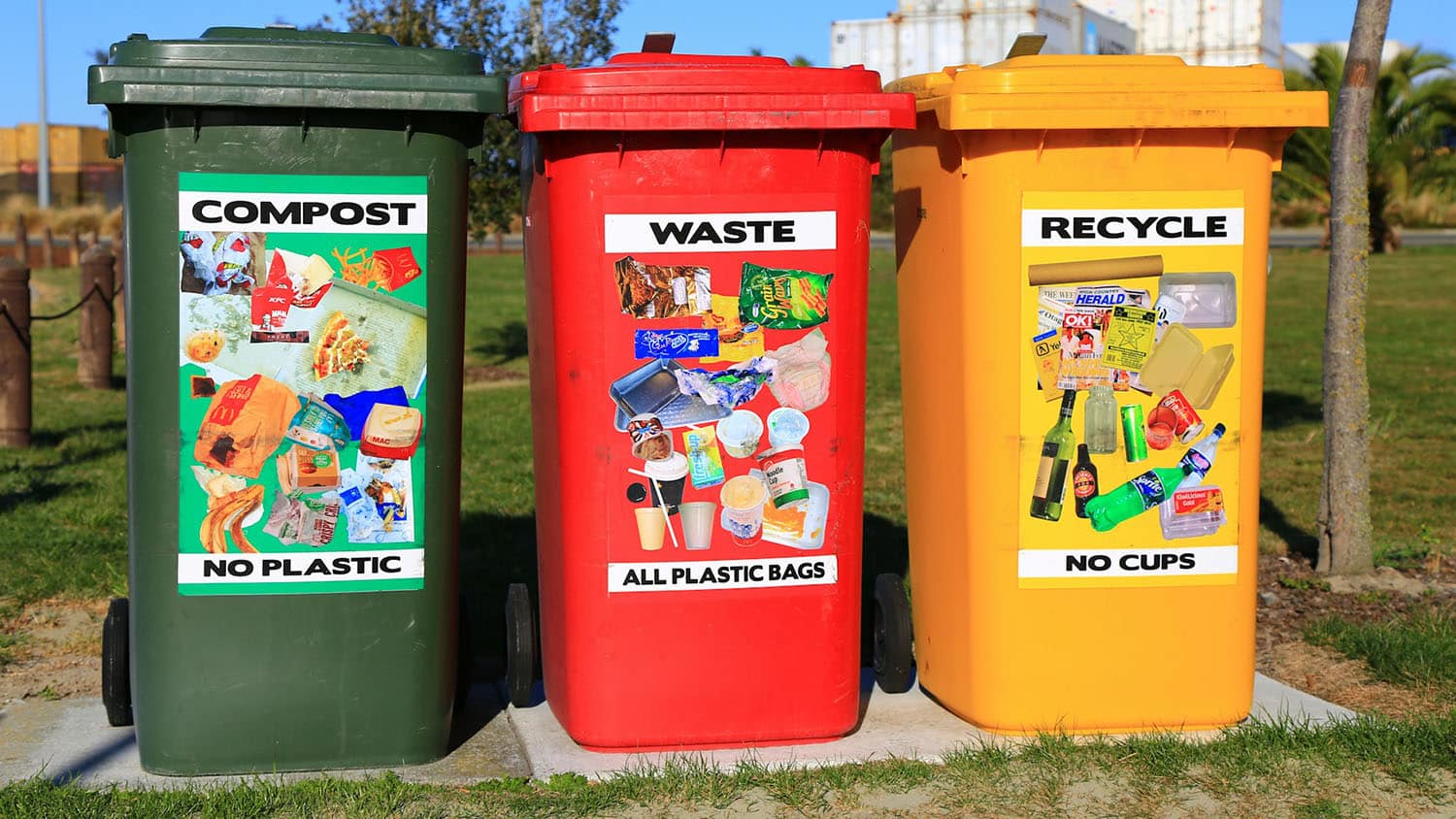2025-01-07 ノースカロライナ州立大学(NCState)
 Photo credit: Nareeta Martin.
Photo credit: Nareeta Martin.
<関連情報>
- https://news.ncsu.edu/2025/01/improved-solid-waste-predictions/
- https://www.sciencedirect.com/science/article/abs/pii/S0956053X24006329
郡スケールでの固形廃棄物の組成予測 Predicting the composition of solid waste at the county scale
Joshua T. Grassel, Adolfo R. Escobedo, Rajesh Buch
Waste Management Available online: 17 December 2024
DOI:https://doi.org/10.1016/j.wasman.2024.12.002
Highlights
- Novel methodology for predicting material-level MSW using waste compositions.
- Compiled and harmonized waste characterization studies into a benchmark dataset.
- Derivation of a LASSO model that predicts MSW composition at the county level.
- Studies demonstrating the applicability of the methodology to yield waste insights.
Abstract
The primary goals of this paper are to facilitate data-driven decision making in solid waste management (SWM) and to support the transition towards a circular economy, by providing estimates of the composition and quantity of waste. To that end, it introduces a novel two-phase strategy for predicting municipal solid waste (MSW). The first phase predicts the waste composition, the second phase predicts the total quantity, and the two predictions are combined to give a comprehensive waste estimate. This novel approach overcomes limitations of existing methods that rely on material-specific quantity data, facilitating the prediction of dozens of waste material streams; existing methods typically classify MSW into no more than 10 categories, and often reduce it to a single aggregate total. To implement this strategy, the proposed study utilizes publicly available data encompassing demographic, economic, and spatial predictors, in conjunction with waste sampling reports. In addition, it develops a Least Absolute Shrinkage and Selection Operator (LASSO) regression model to estimate the MSW composition across 43 comprehensive material categories. The LASSO model is designed to predict MSW composition distinctly from quantity. The model’s capability is demonstrated through case studies, showcasing its potential to provide detailed waste estimates at the U.S. county level.



